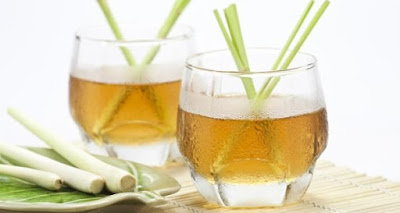Do you know the price you are paying for chemically treated and coloured hair? No, we are not asking for the monetary value but the effect these treatments have on your hair. Excessive chemical dyeing or hair colouring leaves the hair dry, lifeless and frizzy. Premature greying is also one of the signs of such treatments. But if you have coloured or treated hair and are looking for ways to rejuvenate it, this hair mask by Dr Nirmala Shetty, featured in her book ‘Beauty at your fingertips’, is the perfect remedy. You can also ditch the chemical dyes and try these natural hair colours.
Fruit and egg hair mask.
Ingredients
- 1 banana, chopped
- 1 slice papaya, chopped
- ¼ cup coconut milk
- ¼ cup base oil (sesame, almond or olive)
- 2 egg yolks
- 2 dashes lavender oil
Method
- In a mixer, add and grind all the ingredients to make a thick and smooth paste.
- Taking small sections of hair, apply the mask evenly on the roots and the length of the hair, just like you apply henna. Tie your hair in a neat bun.
- Allow the hair mask to stay for 20 minutes on your hair. You can cover it with a shower cap to avoid dripping.
- Wash your hair with a mild shampoo followed by a conditioner. Use an aloe vera based shampoo preferably.
- Use this twice a week to nourish damaged hair.
Bananas prevent root damage. Papayas help maintain hair health and give it a sheen. You can use either sesame, olive or almond oil for their moisturising properties. Coconut milk reduces hair fall and the proteins in the milk stimulate hair growth and nourish hair follicles. It is also a very good conditioner. Egg yolks are great for damaged, brittle hair and flaky scalp. They also strengthen the hair follicles. The fragrant lavender oil is effective in preventing hair loss. Here are some more ways to reverse the chemical damage and stop hair loss.








